What is Peripheral neuropathy? It is a result of damage to your peripheral nerves, which often causes weakness, numbness, and pain, mostly in your hands and feet. It can also affect other areas of your body. Your peripheral nervous system sends information from your brain and spinal cord (central nervous system) to the rest of your body. Peripheral neuropathy causes can range from traumatic injuries, infections, metabolic problems, inherited causes and exposure to toxins. Diabetes mellitus is one of the most common causes.
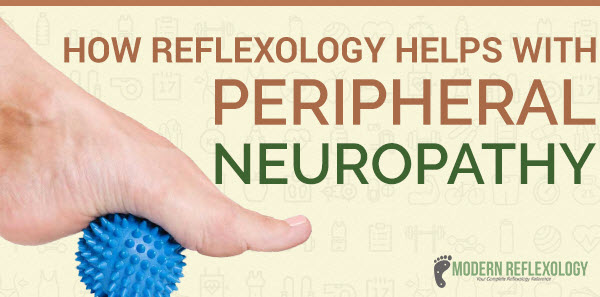
People with peripheral neuropathy generally experience an intense searing pain which feels like stabbing, burning or tingling. In many cases, symptoms tend to improve, especially if caused by a treatable condition. Some medicines can reduce the pain associated with peripheral neuropathy.
Peripheral Neuropathy Symptoms
Each nerve in your peripheral system has a particular function to perform, so peripheral neuropathy symptoms depend on the type of nerves affected. Nerves are classified into several divisions like:
- Sensory nerves receiving sensation, such as temperature, pain, vibration or touch, from the skin.
- Motor nerves, which are in control of the motor nerves.
- Autonomic nerves, which control important functions like blood pressure, digestion, bladder and heart.
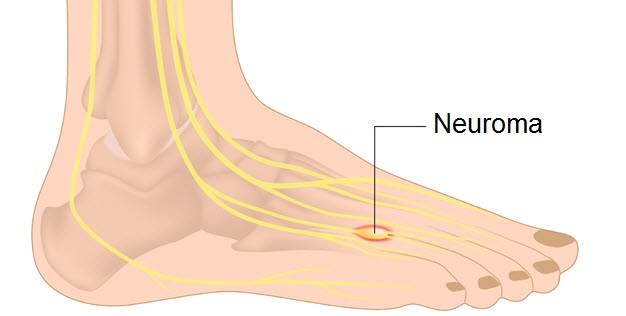
Signs and symptoms of peripheral neuropathy are as follows:
- Gradual onset of numbness and prickling or tingling in your feet or hands, which can even spread to the entire length of your legs and feet.
- Sharp shooting, jabbing, throbbing, freezing or burning pain
- Unable to control movements.
- Touch sensitivity which sometimes reaches extreme levels.
- Weakness of muscles or paralysis if motor nerves are affected.
If autonomic nerves are affected, the signs and symptoms might include:
- Intolerance to heat and change in sweating habits.
- Bowel problems, bladder disorders or digestive problems.
- Fluctuations in blood pressure, causing dizziness or lightheadedness.
Peripheral neuropathy can affect one nerve (mononeuropathy), two or more nerves in different areas (multiple mononeuropathies) or many nerves (polyneuropathy). Carpal tunnel syndrome is an example of mononeuropathy. People with peripheral neuropathy may suffer from polyneuropathy.
Take Care of your Feet
Incorporating a few lifestyle changes is the first thing you should do to minimize your symptoms of peripheral neuropathy.
- Take care of your feet by wearing soft cotton socks and well-padded
- Exercise is must as it helps control blood sugar levels
- Quit smoking to improve blood circulation
- Eat healthy meals to maximize your intake of vitamins, minerals from low-fat food sources like low-fat meats, dairy products, whole grains and fruits
- Avoid putting undue pressure by making a conscious effort to not cross your legs or lean on your elbows
- Massage your hands and feet or better still request someone to massage them for you.
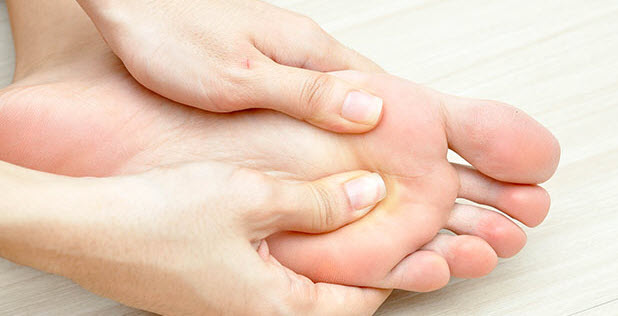
Why Reflexology is Important for Peripheral Neuropathy
Reflexology is a technique based on a system of points on the hands, feet, and ears that correspond, or “reflex,” to other areas of the body. In similitude to the theory to acupressure, reflexologists believe that applying appropriate pressure to these points stimulates the flow of energy, thus helping to relieve pain or congestions throughout the entire body. A very pleasurable form of bodywork, reflexology is also used to ease stress and promote relaxation.
Reflexology for neuropathy works with the help of chemical, electrical, and nervous systems of the body – sending messages across to balance organs and parts in far reaching areas of the body. With neuropathy, reflexology has a great option of gently activating the damaged nerve fibers to send and receive correct nerve signals. Through light to moderate pressure techniques, a stable rhythm of information is sent and received through the Central Nervous System. We see a marked improvement in blood and lymph circulation throughout the body, an improvement in nerve response, and a general sense of wellbeing after a Reflexology treatment. Research shows that using Reflexology for peripheral neuropathy, diabetic neuropathy, phantom limb pain and other forms of neuropathic pain, may benefit people who are reeling under the effects of such conditions.
Acupressure and its Effects on Peripheral Neuropathy
Acupressure may help with peripheral neuropathy treatment, because as per most practitioners of acupressure, they employ massage protocol to improve circulation and acupuncture to relieve pain. Acupressure activates the same points as acupuncture but uses finger pressure instead of needles. They search the location of an acupressure point until they feel a small indentation or tender spot, and then apply continuous pressure with the thumb or index finger. The tender areas need to be kneaded gently to avoid causing pain.
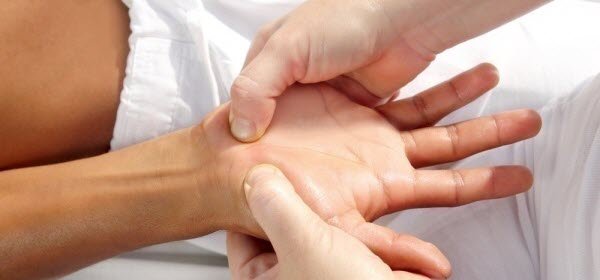
Points for Feet
First, you need to choose acupressure points on your lower legs and feet for treating the area affected by neuropathy. Activate pressure point K6 to relieve heel and ankle pain. Find K6, a thumb-width right below your ankle bone on the inside folds of your leg. Look for the indentation in that area then continue to press steadily with your thumb for one or two minutes. Find B62 in a hollow between your outer ankle bone and the bottom of your heel, about 1/3 of the way down. Press B62 gently for about 10 seconds, then release and repeat five to 10 times. Points GB30, GB34, GB39 and SP6 may also help with lower limb neuropathy.
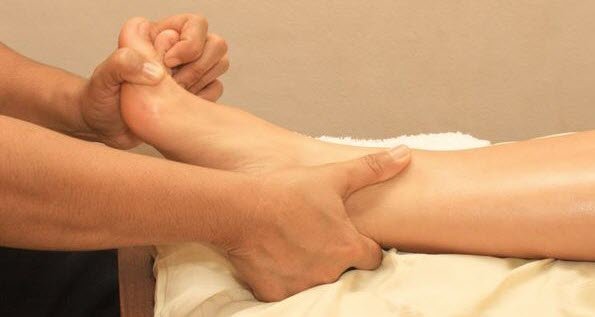
Points for Hands
Press Lu10 by applying pressure to the center of your thumb pad on the palm side of your hand. Look for LI4 point by pressing your thumb and index finger together. Press the thumb of the opposite hand into the highest point on the bulge in the webbing between the thumb and forefinger. You may also try the Baxie points, SJ5, LI11 and LI15 for neuropathy in your upper limbs.
Find the Right Acupressure Therapist
You should find the right acupuncturist for the best results. If you like and trust your practitioner, your tryst with acupuncture will be more positive. You will also want to know about the acupuncturists training and experience and what to expect from the acupuncture treatment.
The results are more positive if you decide in advance what your expectations are and discuss them with your acupuncturist. An acute or chronic illness may need several months of acupuncture treatment to have a noticeable effect. If you are unhappy with your progress, think about changing acupuncturists or check with your doctor for advice about other options to consider.
The more you know about the practice, the clearer your perception of who is treating you what the treatment is, the more you will be able to relax during the acupuncture session and derive a multitude of benefits from this ancient form of health care.

Comments are closed